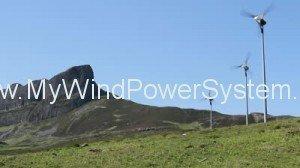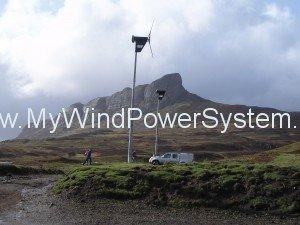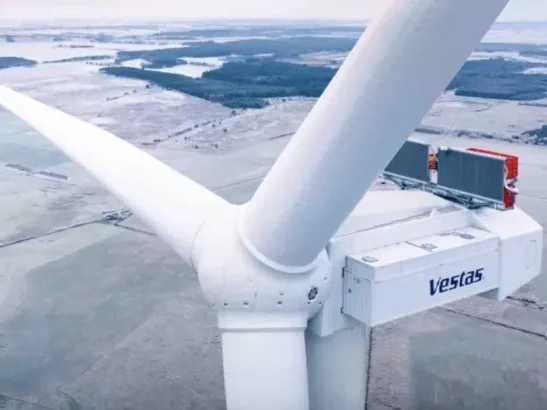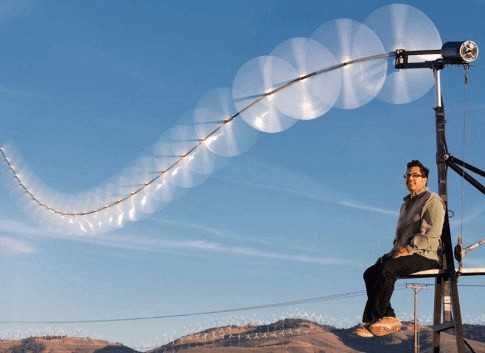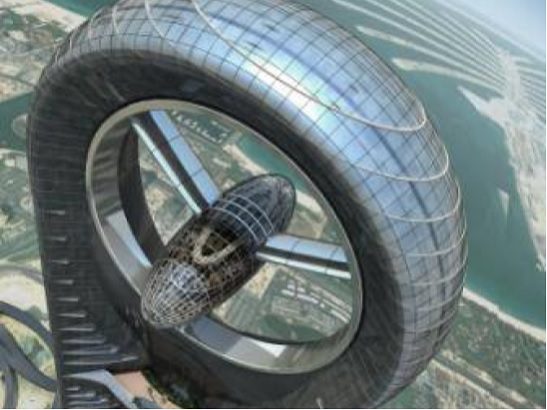While it may be some time before a mainland country will be totally powered by renewable energy, some islands dotted around the globe are doing their bit for reducing the carbon footprint. Let’s look at El Hierro and Eigg.
El Hierro is the smallest of the Spanish Canary Islands and located off the coast of Africa. Five wind turbines have just been erected on the north-eastern tip of the island for a total capacity of 11.5 megawatts, which is more than enough to provide power for the 10,000 people who live there. But the bane of wind power generation is of course the times when the wind doesn’t blow. So what will people on the island do for power then?
The Isle of Eigg is one of the islands that make up the Scottish Inner Hebrides being located about 10 miles from the west coast of Scotland, south of the Isle of Skye. At its longest point it is about 9 kilometres and at its widest around 5 kilometres covering an area of just over 30 square kilometres. That’s pretty small.
According to the UK 2011 census it had a population of only 83! In 2008, at some cost (over £1 million) that the island developed a mains electricity grid with the intention of renewable energy sources providing the power. That was a shrewd investment. They have a hydroelectric generator system using the island’s running water, wind turbines and solar panels. At the moment, around 85% of electricity is produced using these renewable energy sources with the balance emanating from diesel generators.
Because of the location, the island can be the subject of some bad weather including very high winds but it does benefit from sunny weather in the summer months. The solar panels are capable of generating 30kW of capacity. Sometimes, too much electricity is produced so it is used to provide heat for public buildings!
It will be interesting if the island can become totally reliant on renewable energy at some point. That’s the aim!

